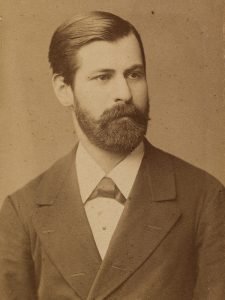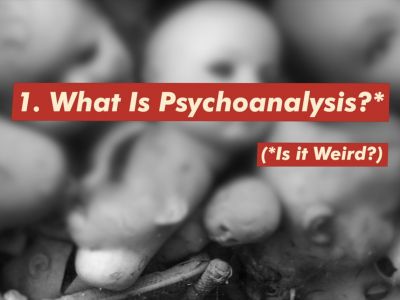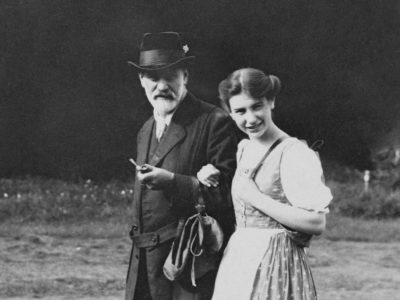Sigmund Freud (1856-1939) was the founder of psychoanalysis, a theory of how the mind works and a method of helping people in mental distress.
Freud was born on 6 May 1856 in Freiberg, Moravia (today Příbor, Czech Republic) to a family of Jewish wool merchants.
Freud spent most of his life in Vienna, where the family moved in 1860.
It was in Vienna that Freud went to school, attended university, got married, trained as a research scientist and then a doctor, and developed psychoanalysis.
As psychoanalysis spread, Freud built up a global following.
When the Nazis took over Austria in 1938, Freud was forced to flee. He died on 23 September 1939 at his home in London, now the Freud Museum.
Freud was one of the most influential and controversial thinkers of the 20th century.
He developed a new vision of human existence – but in doing so he undermined deeply cherished cultural values and aroused immense hostility.
“I do not wish to arouse conviction; I wish to stimulate thought and to upset prejudices.”Sigmund Freud
Freud argued that human behaviour is largely determined by unconscious motivations that stem from childhood experiences, specifically encounters with love, loss, sexuality and death, and complex emotional attitudes to parents and siblings.
Because of their unsettling implications, Freud compared his discoveries to those of the astronomer Nicolaus Copernicus, who first discovered that the sun did not rotate around the earth.
Just as Copernicus showed that the universe doesn’t revolve around us, Freud showed that we are not even at home in our own minds:
“The ego is not master in its own house.”
Major works
Freud wrote prolifically about theory and technique of psychoanalysis, and its implications for how we understand society, culture, and ourselves.
His major psychoanalytic works include:
Discover more:
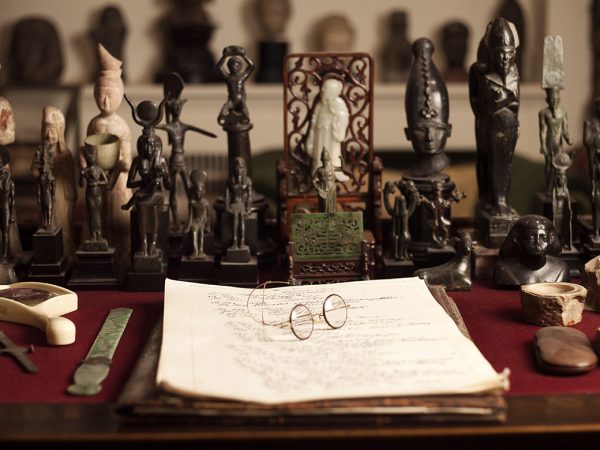
Online exhibition
Sigmund Freud: A Life in Psychoanalysis
Explore Sigmund Freud's life and work with our Google Arts & Culture exhibition.
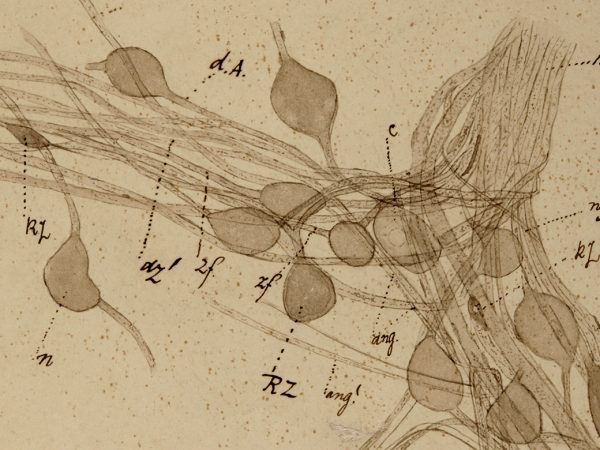
Related resource
Freud the Physician
Long before he developed psychoanalysis, Sigmund Freud had already distinguished himself as a scientific researcher and physician.
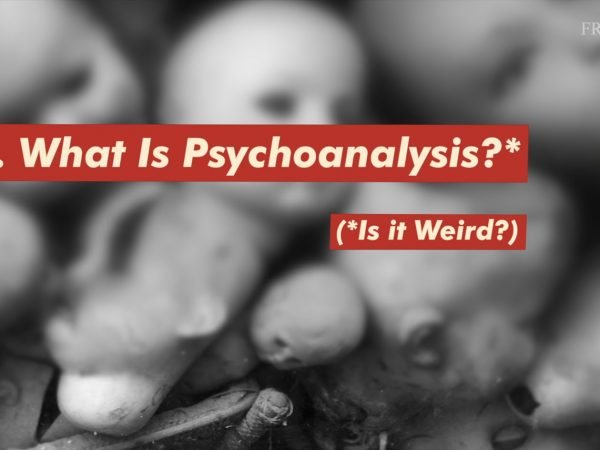
Video
What is Psychoanalysis? – Is it Weird?
A 4-part educational film series for students and teachers.
